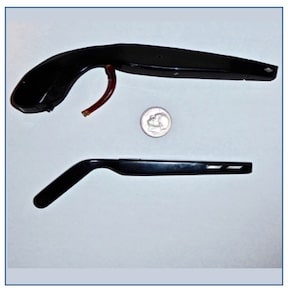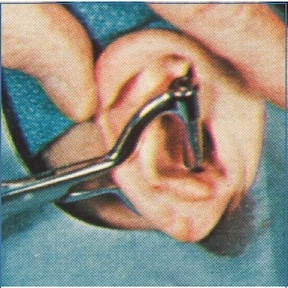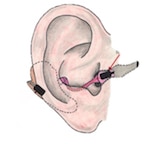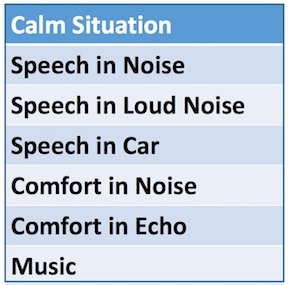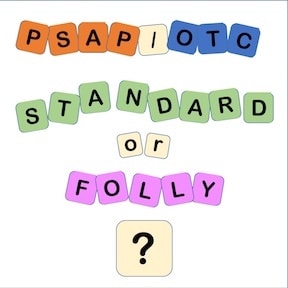Sep. 05, 2017
In 1965, Harford and Barry were credited for the first accessible published description of across-head fitting1. It was called the CROS (Contralateral Routing of Offside Signals). Harford and Barry did acknowledge, however, that Wullstein and Wigand had published results on an almost identical across-head arrangement three years earlier2. The Wullstein and Wigand work has seldom been quoted in related literature



